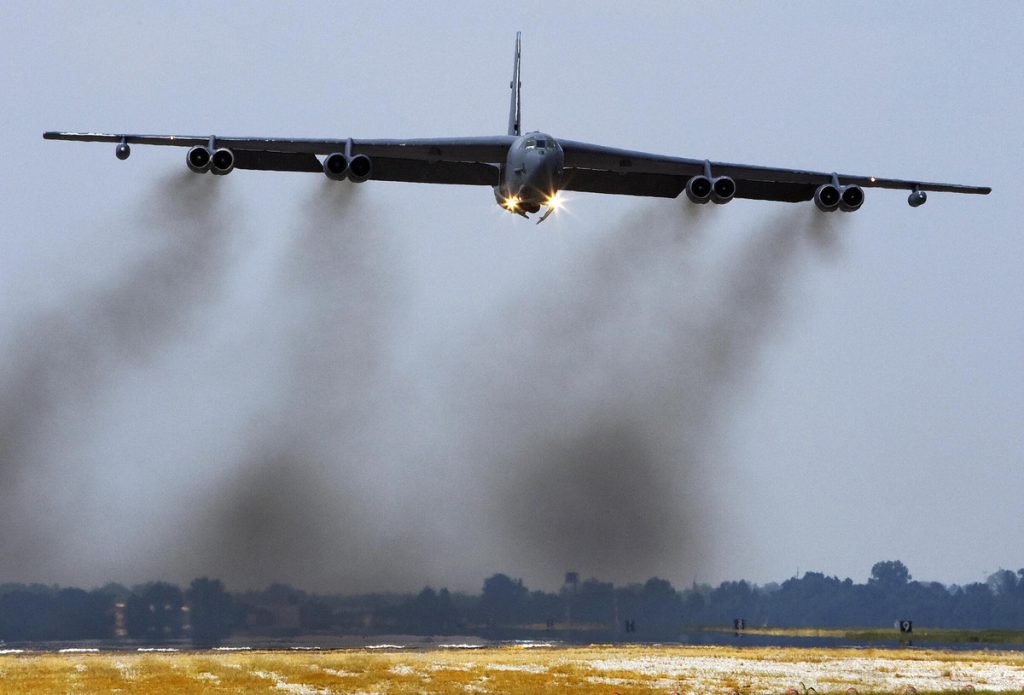The arrival of U.S. Air Force strategic bombers in Romania for the first time led to Russia scrambling fighter jets in response. The U.S B-52H bombers passed through Norwegian airspace on their way to a base in Romania, marking the first time U.S. strategic bombers have operated from the country. The Russian defense ministry confirmed that two of its fighter jets intercepted the U.S. bombers over the Barents Sea, north of Norway and northwestern Russia. However, the U.S. Air Force stated that the B-52s did not change course due to the intercept and continued along their scheduled flight plan without incident.
The U.S. Eight Air Force B-52 aircraft were arriving in Romania to be stationed at an air base near the Black Sea coast, where Ukraine is battling Russia’s Black Sea Fleet. The Norwegian Armed Forces were informed but not directly involved in the U.S. flight through their airspace. The B-52s were transiting Norwegian airspace and continued into Finland. Finnish Defense Minister Antti Häkkänen stated that Helsinki had cooperated with the U.S. strategic bombers in Finland as part of normal training activities in a NATO member country. The Finnish military confirmed that the bombers flew in Finnish airspace with refueling aircraft as part of joint training activities.
U.S. military activity in the northern areas has grown since Russia annexed Crimea in 2014 and launched a full-scale invasion of Ukraine in February 2022. Norway conducts joint training with U.S. forces as part of the “Bomber Task Force,” aimed at developing a common approach to deterrence and security in the region. Russia occasionally scrambles jets to intercept aircraft from NATO countries approaching its airspace, with instances reported by both sides in the past few years. NATO countries also respond by scrambling jets when they detect Russian aircraft approaching their airspace, leading to increased military activity in the region.
The U.S. Air Force’s deployment of bombers to Romania represents a show of force in response to escalating tensions with Russia in the region. The strategic bombers passing through Norwegian and Finnish airspace demonstrate the partnership between NATO members in joint training and defense activities. Russia’s response in scrambling jets reflects its ongoing surveillance of foreign aircraft approaching its borders, as seen in previous incidents with NATO countries’ aircraft. The U.S. and its allies continue to monitor and respond to Russian military activities in the region to ensure security and deter aggression.
The engagement between U.S. bombers and Russian fighter jets highlights the complex dynamics and competition for airspace control in the Arctic region. Both sides are conducting military activities to assert their presence and strategic interests in the area, which has seen increased tensions due to Russia’s actions in Crimea and Ukraine. The continued cooperation and joint training between NATO members signal a shared commitment to security and defense against potential threats from Russia. As military activities in the region continue, it is essential for all parties involved to communicate effectively and avoid escalation that could lead to conflict. The deployment of U.S. strategic bombers in Romania and their transit through Norwegian and Finnish airspace are part of broader efforts to maintain stability and deter aggression in the region.


